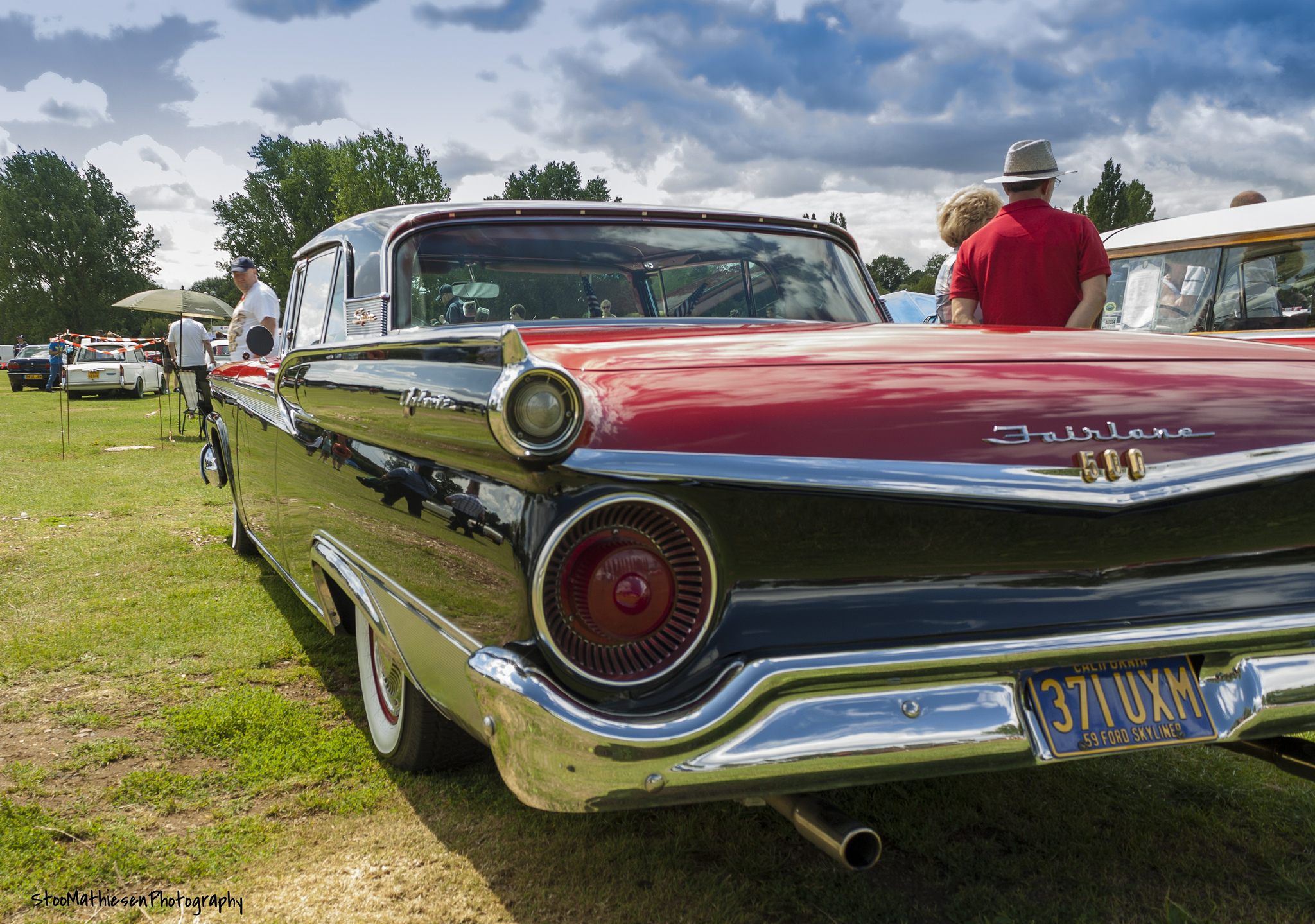So you have an itch to purchase a classic car to restore. While this is an exciting project to take on, especially when you consider how much fun you’ll have using a paint booth and making the car look like brand new, you have to take your time and do your homework.
This is especially the case since even the best spray booths made can’t make up for the fact that a car’s frame is rusting out. Before you begin planning to take your automobile into a paint booth, you have to find the car you want first, and there are some tips you should know before you spend your hard-earned money on a car.
1. Find Seller with Five Years or More of Receipts
Make sure you purchase from a seller that has at least five years-worth of receipts and paperwork. The more of a repair history you have access to, the more you can tell what problems the car has or has had.
You won’t be able to find a car that is 50 years or older that has never had problems, but at least you can make sure the problems were taken care of or decide if you want the car or not depending on what kind of work it might need to be done in the near future.
2. Location Matters
You might have already heard that location matters in real estate, but it also matters when it comes to choosing a classic car to restore. You may want to look for cars that come from a dry climate such as California.
This is because, in states like New York where there is a lot of snow, the roads need to be salted, which can lead to corrosion and rust. The cars that come with higher price tags tend to be the ones that are in places where snow and ice are rare, if they happen at all.
Although you may be able to repair rust, it generally requires the assistance of an auto body professional.
3. Test Drive
Just because the car is old doesn’t mean that you shouldn’t get an opportunity to take it for a test drive. You should take the car out for a 20-minute drive.
This is enough time to be able to see how well the car handles. You’ll want to know it feels when you go around corners and bumps. You’ll also want to listen for clunks, squeaks and other noises that can indicate a problem.
4. Check Out the Body
Take a look at every angle of the car to check for damage. Look in between the seam of the doors and the hood. These should look even. In all reality, you should be able to roll a marble through these spaces without a problem.
You’ll want to pay special attention to the door jams and the rear quarter panels in order to evaluate the car for signs that it requires welding or repairing of some sort.
Sometimes, a car has been clipped, which means that a body panel from another vehicle may have been welded in with this one. A car that was in a serious accident may have an entire half of a car welded into it; you don’t want this.
5. One-Owner Vehicles
Generally, you want the vehicle to have only been owned by one person, preferably by an older lady who only used it to go to church every Sunday.
You want one that has been stored in a garage and not under a carport. You want to aim for low mileage, but make sure it has some mileage because a car that hasn’t really been driven is likely to have a great deal of problems.
You want one that’s been driven regularly but not driven frequently.
Purchasing a classic car can be a rewarding experience, especially if you already have one or more spray booths to do the exterior in. However, you have to know how to select a car, or you might find yourself spending more than what you wanted.
